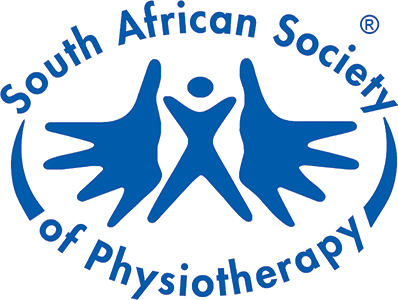WHO and WHAT IS THE Pelvic and Women’s Health PHYSIOTHERAPY GROUP?
The PELVIC AND WOMEN’S HEALTH PHYSIOTHERAPY GROUP (PWHPG) of the South African Society of Physiotherapy is a SASP Special Interest Group established with the following aims:
- To promote excellent standards of service and consistency of practice in pelvic health (including men, women and children) as well as a broader scope of women's health by physiotherapists.
- To provide a forum for physiotherapists with an interest in pelvic and women’s health.
- To represent pelvic and women’s health physiotherapy both nationally and internationally.
- To promote research efforts in pelvic and women’s health physiotherapy.
- To enhance the education of physiotherapy students, health care professionals and members of the community on the role of pelvic and women’s health physiotherapists.
- To encourage pelvic and women’s health physiotherapists to improve their specialist therapeutic skills and understanding of this field of work through relevant courses, workshops and research.
- To keep the members informed of relevant professional and political developments especially with regard to policy making, both internationally and nationally, which are relevant to pelvic and women’s health.
- To foster mutual understanding and collaboration in order to facilitate good working relationships with health care professionals as well as with other special interests groups and the physiotherapy community as a whole.
- To promote all aspects of health education and patient care within the community in the field of pelvic and women’s health physiotherapy.
- To fight for an adequate remuneration with health funding organizations.
- To fight for recognition of our value within the health departments.
WHAT ARE THE ADVANTAGES OF PWHPG MEMBERSHIP?
- Become part of a network and a community of physiotherapists with like-minded interest in pelvic and women’s health
- Discounted PWH CPD courses and CPD accredited talks at PWHPG Meetings
- Option to study towards an APDL2 qualification in Pelvic and Women’s Health.
- Updated info/assistance on medical aid issues and guidance on coding.
- Option to be involved within the structures of SASP and plan activities for the group.
- Membership of the Facebook group (closed group) which allows for sharing of latest research and developments in Pelvic and Women’s Health physiotherapy in South Africa and be able to share ideas on a discussion platform regarding patient care and any other issues affecting your practice.
- Links and information regarding National (SAUGA) and International (IUGA) events and membership of these organisations.
- Representation at International Uro-Gynaecology Association and World Confederation of Physical Therapy.
- Access to online and in person sessions to refine and further your knowledge in women’s health
PATIENT POPULATIONS/ CONDITIONS that CAN BENEFIT FROM Pelvic and Women’s Health PHYSIOTHERAPY:
Pelvic and Women’s Health Physiotherapy is a broad umbrella term which covers a wide variety of conditions in children, male and female patients. This can include patients suffering from
- Antenatal and postnatal patients needing assistance with birth preparation, rehabilitation of their bodies postpartum, treating painful breasts, advice on breastfeeding and other difficulties encountered during the childbearing years.
- Post-operative care and treatment of cancer related treatments such as post-mastectomy (to improve lymph drainage), post-prostatectomy (to rehabilitate the pelvic floor and erectile dysfunction), and post-urogynacological surgery (to rehabilitate the pelvic floor)
- Menopausal women.
- Pelvic dysfunctions in all age groups and both sexes including:
-Bladder/bowel dysfunctions such as incontinence, haemorrhoids and constipation - -Pelvic organ prolapse
-Pelvic Pain: acute and chronic
-Sexual dysfunction
It is also not just those patients presenting to us with these problems who may need our help. There are many people who are suffering in silence and through our clinical skills and knowledge we are able to identify these patients and help people who never even knew that their problem had a solution.









